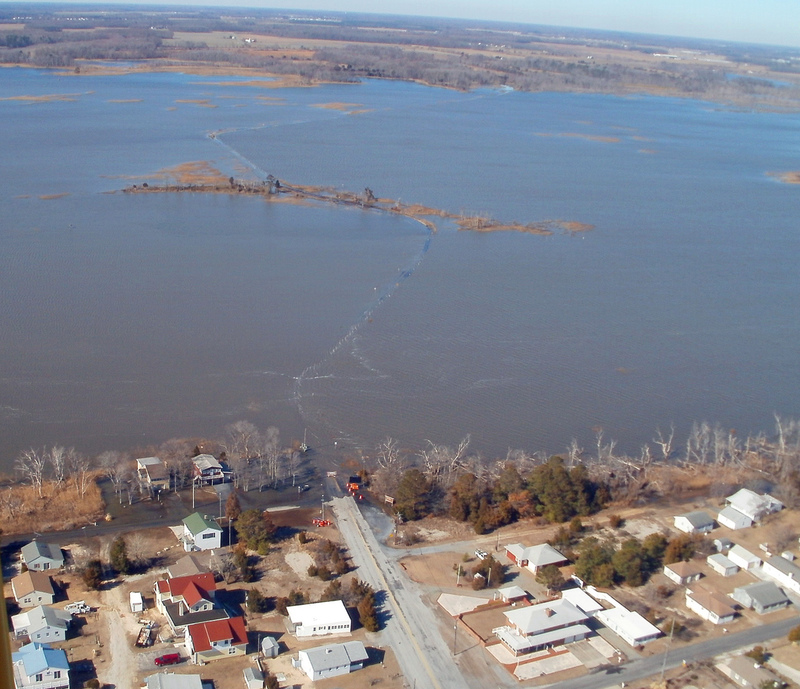It's official. The U.S. Department of Interior has released $20 million in emergency supplemental funding for repairs at Prime Hook National Wildlife Refuge.
The funds will be used for the initial phase of dune repair at Fowler Beach to begin an extensive marsh restoration project, one of the largest ever on the East Coast, said U.S. Fish and Wildlife spokeswoman Terri Edwards.
There was no definitive timeframe placed on replenishment of the beach. But, officials are aware how much material will be needed to repair the massive breaches along the Delaware Bay coast just north of the community of Primehook Beach.
Contractor Atkins Global has calculated that it will take 500,000 to 800,000 cubic yards of material to complete the first phase of the project. The firm's draft report is under review by Delaware Department of Natural Resources and Environmental Control and the U.S. Army Corps of Engineers.
Edwards said the final report will be completed soon and be available to the public.
On April 29, U.S. Fish and Wildlife Service approved a final comprehensive conservation plan for the refuge, which will serve as a guide for managing the refuge for the next 15 years.
Included in the adopted plan, known as alternative B, is repair of the breaches at Fowler Beach. The breaches allow free flow of Delaware Bay saltwater into the refuge's marshes, and in particular the Unit 2 impoundment. The marsh was previously managed as a freshwater marsh, but over the past four years, it has converted to open water. The protection provided by the marsh has been eroded – putting bay communities – such at Primehook Beach – in jeopardy of flooding during high tides and storms.
By filling in the breaches along the duneline, marsh restoration to a saltwater impoundment can begin in Unit 2, Edwards said. “Marsh restoration is the priority,” she said.
Approval of the conservation plan allows Fish and Wildlife staff and refuge management to start implementing details of the plan in the 50-year-old refuge.
Atkins Global has also created a hydrological model to help evaluate specific marsh restoration actions. Now that the plan and funding has been approved, staff will move ahead with design and further engineering studies for marsh restoration.
Fish and Wildlife Service staff will continue to work with DNREC and the Army Corps to identify sources of material for all phases of marsh restoration, Edwards said.
“Winter storms continue to cause extensive flooding at Prime Hook. By restoring Unit II to a healthy and resilient salt marsh, we would create an environment that is more resilient to the influence of coastal storms. We do not expect that the project would eliminate all future flooding of Primehook Beach community or its access roads,” Edwards said.
























































